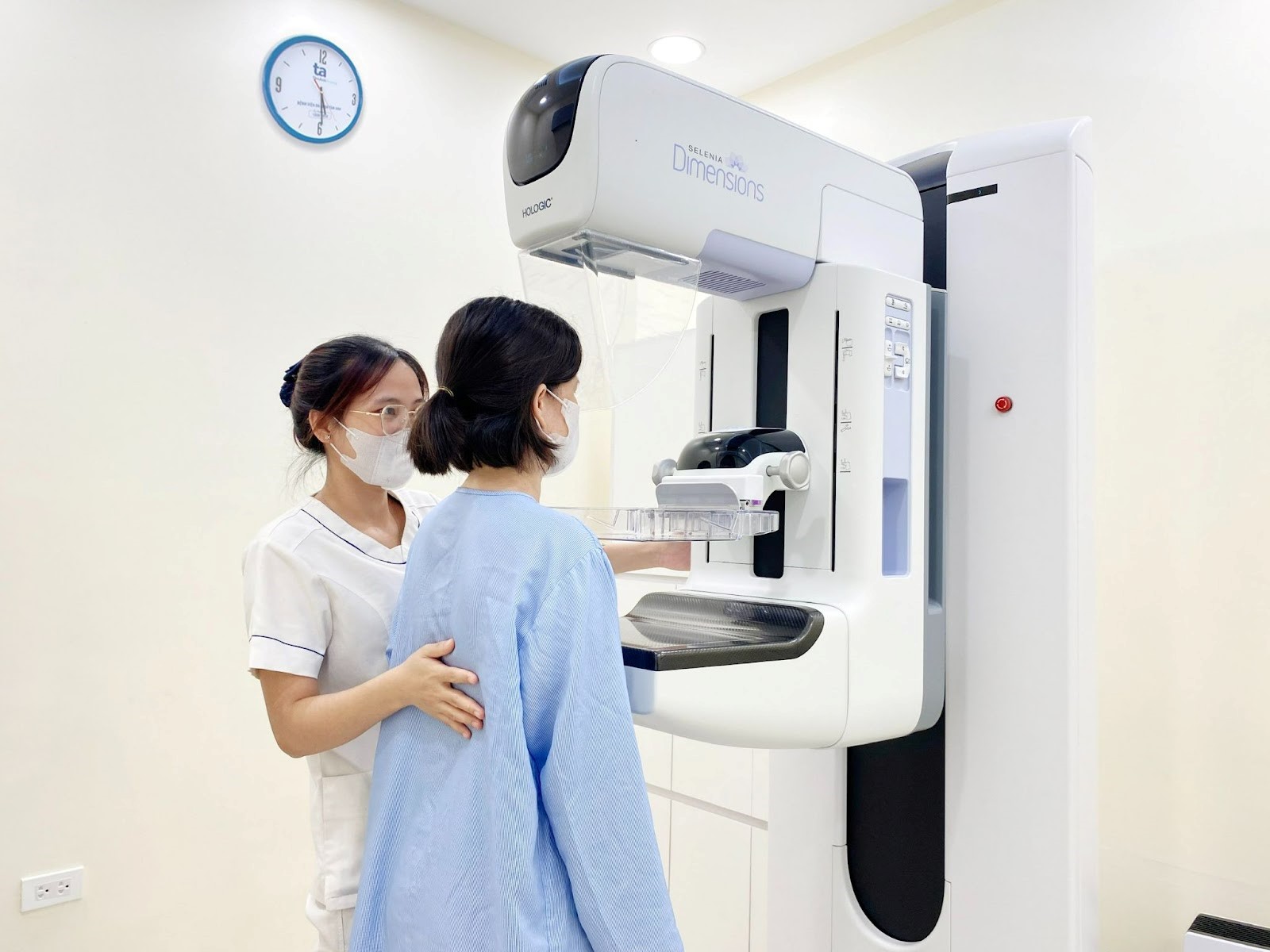Answer:
There is currently no scientific evidence that wearing a tight bra causes breast cancer, even when wearing an underwire bra or sleeping in one. However, wearing an overly tight bra is not good for your health because it puts pressure on the muscles and nerves in your back, shoulders, and chest, leading to back pain, neck pain, and possibly headaches. Prolonged compression can restrict blood circulation, cause muscle tension, and lead to chronic pain.
Wearing a bra that's too tight also puts pressure on the rib cage and diaphragm, hindering natural breathing and leading to shortness of breath, especially during physical activity. Tight bras can cause constant friction against the skin, leading to irritation, redness, contact dermatitis, and folliculitis. An overly tight underwire or strap can dig into the skin, causing scratches and pain.
This habit can affect circulation and milk production if you are breastfeeding. During breastfeeding, milk ducts carry milk from deep within the breast to the nipple. Wearing a bra that's too tight or has a rigid underwire can obstruct this flow, block milk ducts, and increase the risk of breast pain or inflammation.
You should choose a bra that fits snugly around your rib cage, with cups that fully enclose your breasts without spilling over or gaping. For underwire bras, ensure the wire lies flat against your chest and doesn't press into breast tissue. The straps should feel comfortable and not dig into your shoulders.
Choose bras made of soft, breathable materials for comfort and to reduce the risk of skin irritation. If you experience discomfort, pain, or any unusual signs, you should change the size or style of your bra. Avoid wearing a bra for extended periods throughout the day.
 |
Mammograms help detect breast abnormalities early, including breast cancer. Photo: Tam Anh General Hospital |
Mammograms help detect breast abnormalities early, including breast cancer. Photo: Tam Anh General Hospital
You should have regular health checkups and breast cancer screenings. Many health organizations recommend annual mammograms for women 40 and older, or as directed by a doctor. Women with high-risk factors, such as a family history of breast cancer, may need earlier screenings or additional methods like breast ultrasound or breast MRI.
Monthly breast self-exams can also help detect unusual changes such as lumps, swelling, pain, changes in shape, or unusual nipple discharge. If you notice any unusual signs, consult a specialist for examination and timely treatment.
Dr. Le Nguyet Minh
Head of the High-Tech Breast Diagnosis and Intervention Unit
Tam Anh General Hospital, Hanoi
| Readers can submit questions about cancer here for doctors to answer. |












